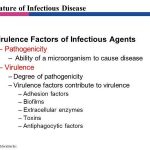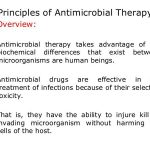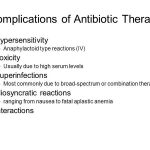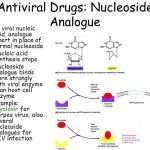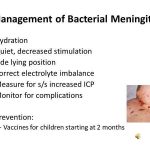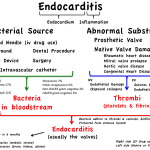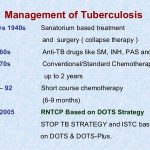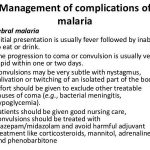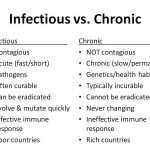
Infectious diseases comprise those illnesses that are caused by microorganisms or their products. Clinical manifestations of infection occur only when sufficient tissue injury has been inflicted directly by microbial products (e.g., endotoxins and exotoxins), or indirectly by host responses (e.g., cytokines and hydrolytic enzymes released by polymorphonuclear leukocytes). Despite the extraordinary recent advances that have occurred in therapeutics for infectious diseases, a number of basic principles should be followed to prescribe antimicrobials and vaccines is an optimal manner.

